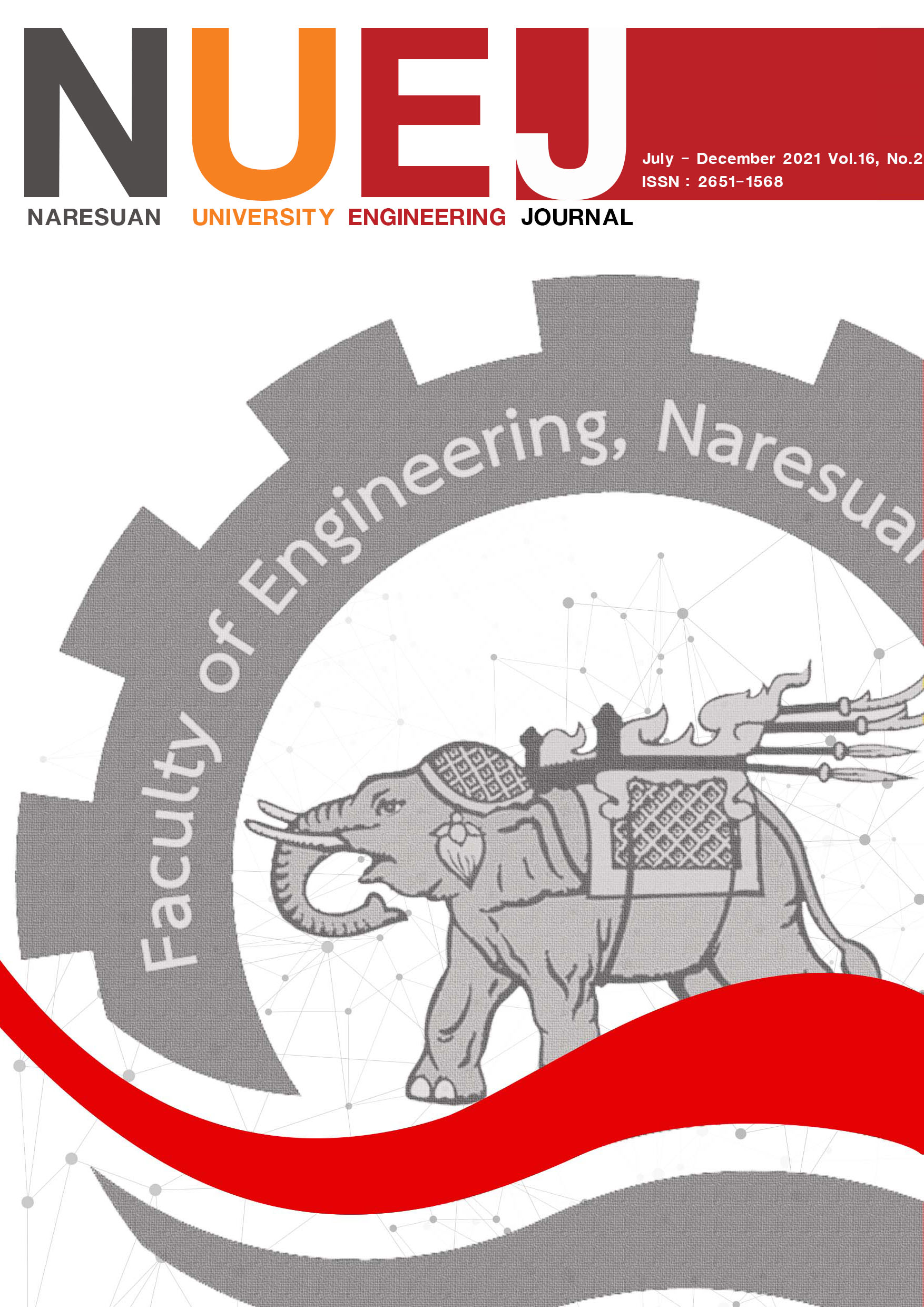Applying Multidomain Matrix to Develop Communication Structure for Custom Home Design and Building Projects
Main Article Content
Abstract
The custom home is one of the most complex projects. It involves several disciplines and teams, including internal and external organizations, during the project life cycle. There is information exchange continuously across the teams and often necessary to iterate back and forth between phases. Communication is thus the key to effective project management. This paper deals with the complex structure of the project communication of custom home projects. The objective of this paper is to develop the communication structure for the custom home design and building industry. MDM (Multidomain Matrix) was chosen to address the issue of complex communication processes among teams involved in the project. The four domains; phase, team, activity, and document; were taken into account for forming the MDM. The developed MDM represents team coordination, workflow (activities), and data flow in each phase. It helps support the development of the prototype web-based application for defining data flow, access authorization, and the project communication structure. The results of the testing of the prototype web-based application with the pilot project show that it reduced the lead time of getting information from 3-5 days to 1 day and the number of missing requests is reduced to zero.
Article Details

This work is licensed under a Creative Commons Attribution-NonCommercial-NoDerivatives 4.0 International License.
References
Browning, T. R. (2001). Applying the Design Structure Matrix to System Decomposition and Integration Problems: A Review and New Directions. IEEE Transactions on Engineering Management, 48(3), 292-306. DOI: 10.1109/17.946528
Browning, T. R. (2016). Design Structure Matrix Extensions and Innovations: A Survey and New Opportunities. IEEE Transactions on Engineering Management, 63(1), 27-52. DOI: 10.1109/TEM.2015.2491283
Dehghan R. & Ruwanpura J. (2011). The Mechanism of Design Activity Overlapping in Construction Projects and the Time-Cost Tradeoff Function. Procedia Engineering, 14, 1959-1965. https://doi.org/10.1016/j.proeng.2011.07.246
Dehghan, R., Hazini K., & Ruwanpura, J. (2015). Optimization of overlapping activities in the design phase of construction projects. Automation in Construction, 59, 81-95. https://doi.org/10.1016/j.autcon.2015.08.004
Eppinger, S. D., & Browning, T. R., (2012). Design Structure Matrix Methods and Applications. MIT Press.
Hauser, J. R., & Clausing, D. (1988, May). The House of Quality. Harvard Business Review. https://hbr.org/1988/05/the-house-of-quality
Krinner, M., Elezi, F., Tommelein, I. D., & Lindemann, U. (2011). Managing Complexity in Lean Construction Design – Using the MDM Methodology to Create Organizational Modularity. In: Eppinger, S. D., Maurer, M., Eben, K., & Lindemann, U. (Eds.), Civil Engineering (pp. 377-390). The Design Society.
Larson, E. W., & Gray, C. F., (2021). Project Management: The Managerial Process (8th ed.). McGraw-Hill.
Maheswari, J. & Varghese, K. (2005). A Structured Approach to Form Dependency Structure Matrix for Construction Projects. Proceedings of the 22nd International Symposium on Automation and Robotics in Construction, Ferrara, Italy, 1-6. https://doi.org/10.22260/ISARC2005/0062
Maheswari, J., Varghese, K. & Sridharan, T. (2006). Application of Dependency Structure Matrix for Activity Sequencing in Concurrent Engineering Projects, Journal of Construction Engineering and Management, 132(5), 482-490. http://dx.doi.org/10.1061/(ASCE)0733-9364(2006)132:5(482)
Mujumdar, P., Muraleedharan, P., & Maheswari, J. (2014). Structured Methodology for Applying Multiple Domain Matrices (MDM) to Construction Projects. In: Marle, F., Jankovic, M., Maurer, M., Schmidt, D.M., & Lindemann, U. (Eds.), Managing Multiple Domains in Complex Projects (pp. 299–308). Carl Hanser Verlag. https://doi.org/10.3139/9781569904923.029
Mujumdar, P. & Maheswari, J. (2018). Design iteration in construction projects – Review and directions. Alexandria Engineering Journal, 57(1), 321-329. https://doi.org/10.1016/j.aej.2016.12.004
PMI, (2017). A Guide to the Project Management Body of Knowledge (6th ed.), Project Management Institute, Inc.
Senthilkumar, V., Varghese, K., & Chandran, A. (2010). A web-based system for design interface management of construction projects. Automation in Construction, 19(2), 197-212. https://doi.org/10.1016/j.autcon.2009.10.007
Steward, D. V. (1981). The Design Structure System: A Method for Managing the Design of Complex Systems. IEEE Transactions on Engineering Management, 28, 71-74. DOI: 10.1109/TEM.1981.6448589
Suh, N. P. (2001). Axiomatic Design. Oxford University Press.
Tichkiewitch, S., & Gaucheron, Th. (2000, May 16-18). A Recycling View for Integrated Design in Car Manufacture [Conference presentation]. CIRP Design Seminar-Design with manufacturing: Intelligent Design Concepts Methods and Algorithms, Haifa, Israel.
Yassine, A. (2004). An Introduction to Modeling and Analyzing Complex Product Development Processes Using the Design Structure Matrix (DSM) Method. Urbana., 51(9), 1–17.


